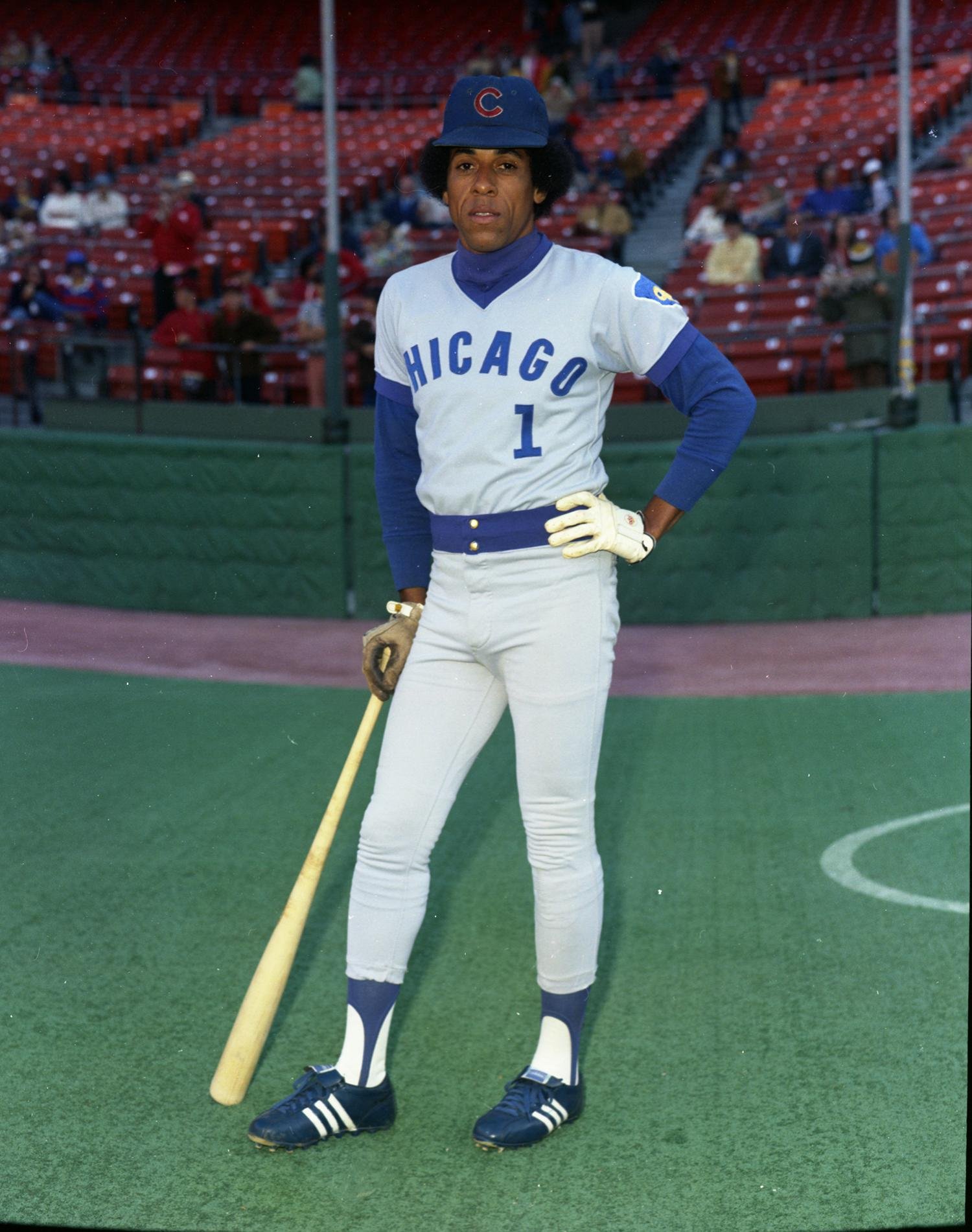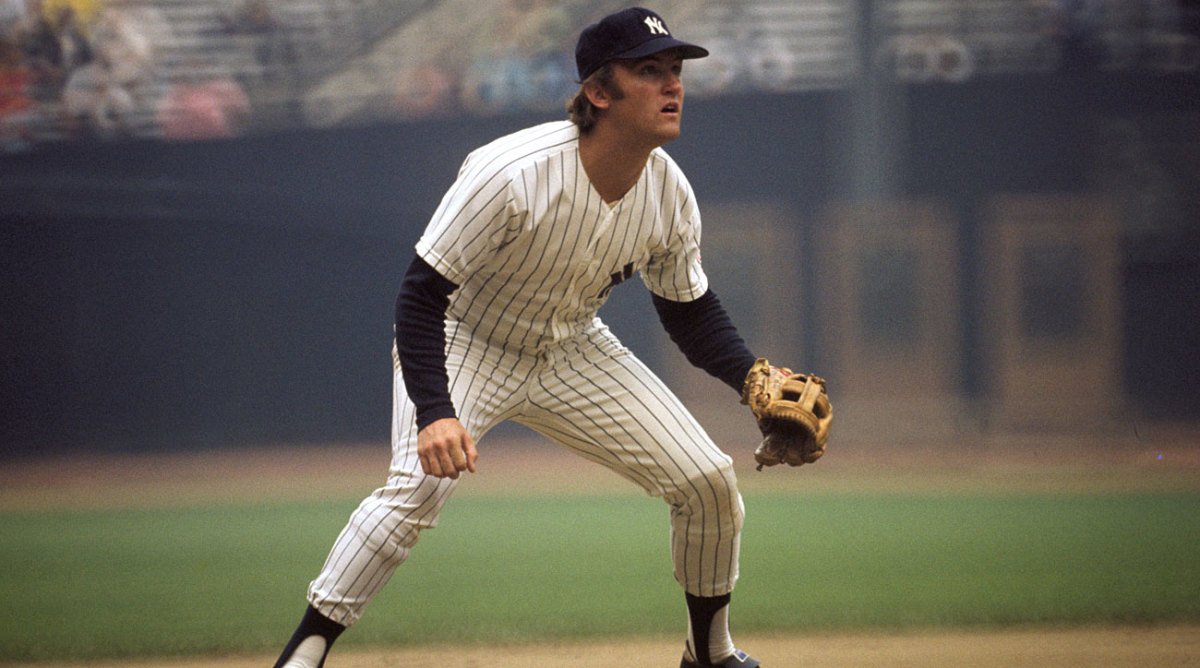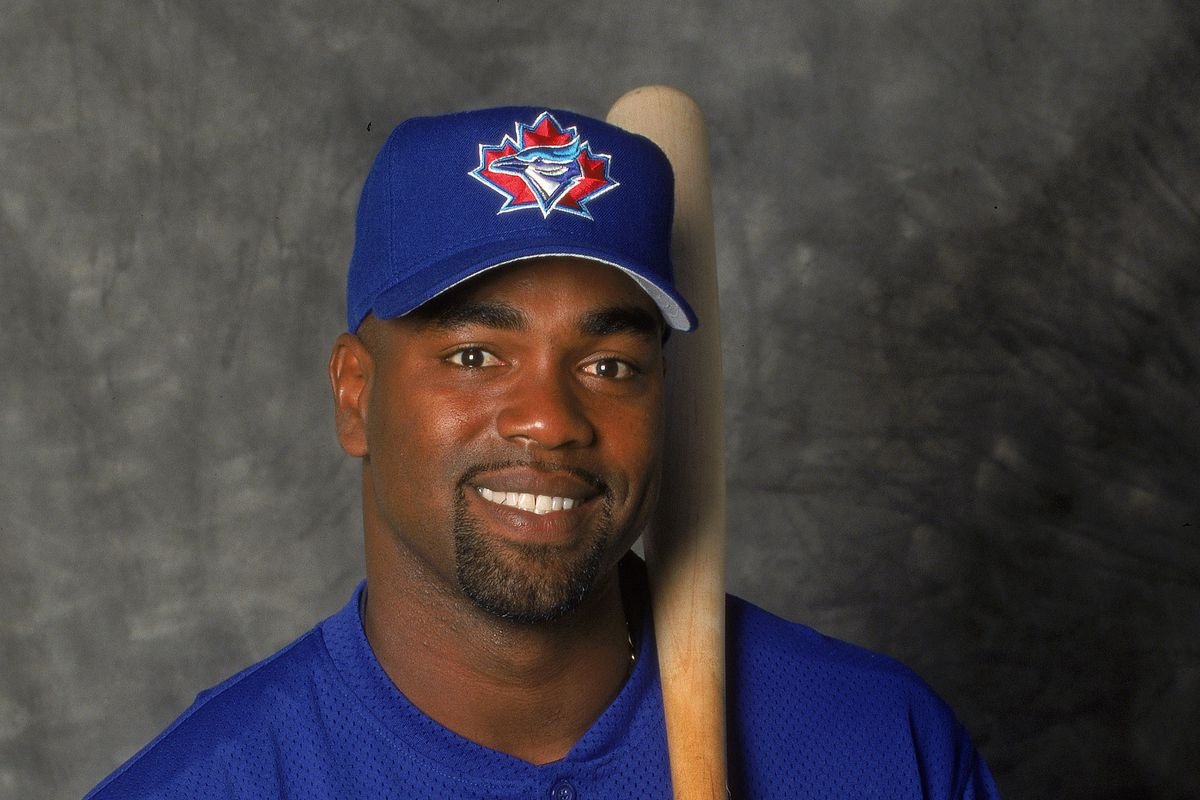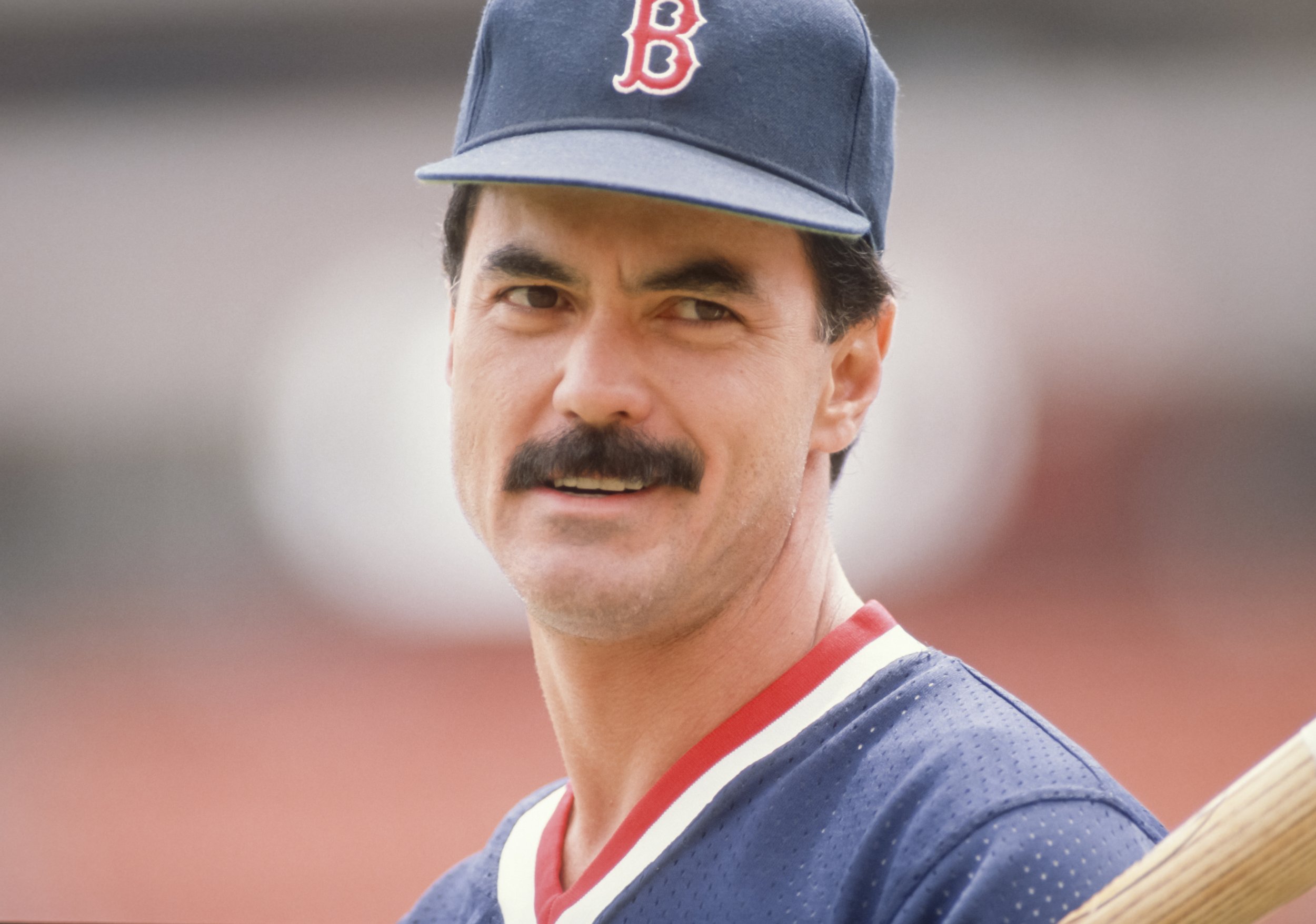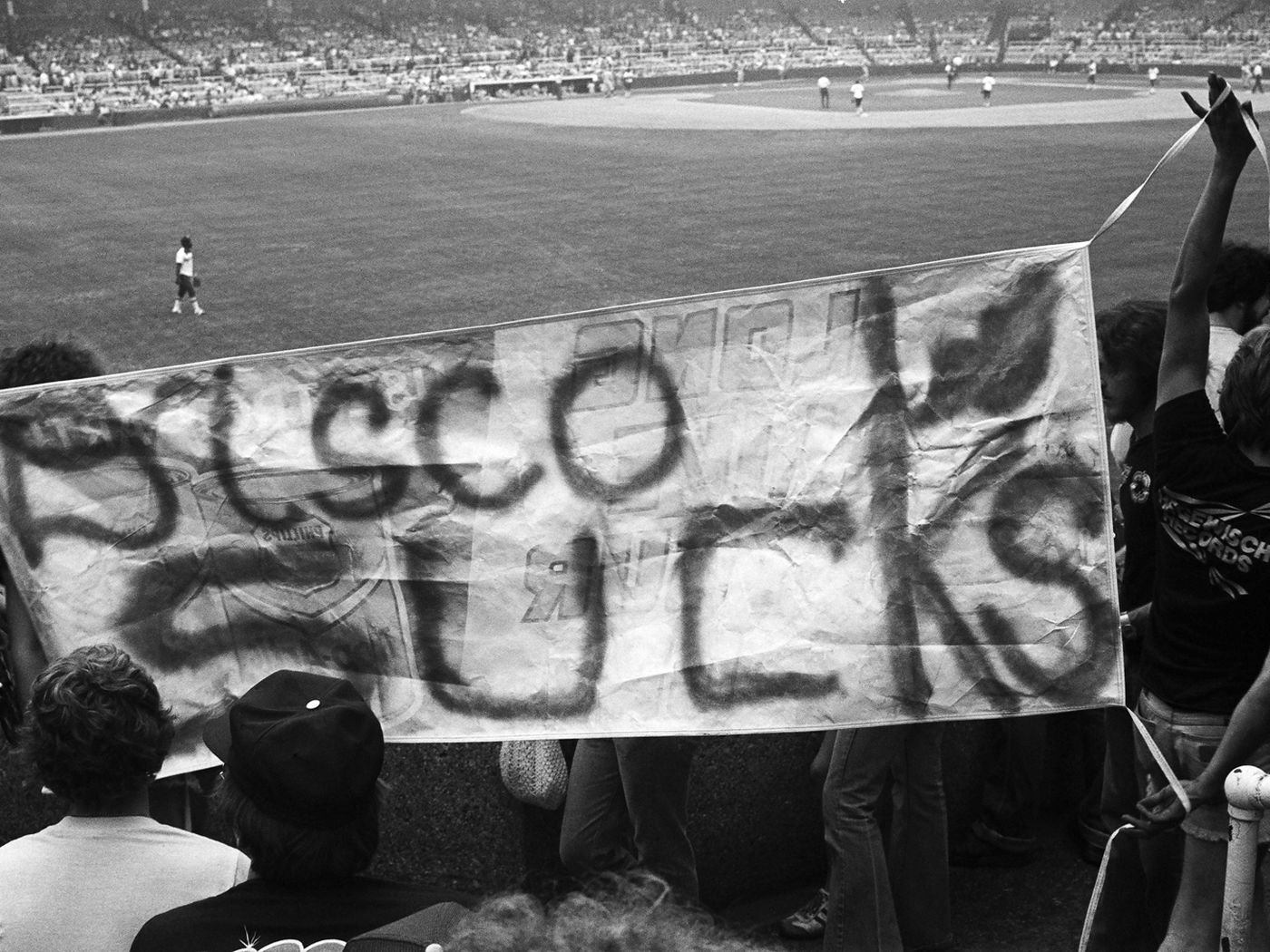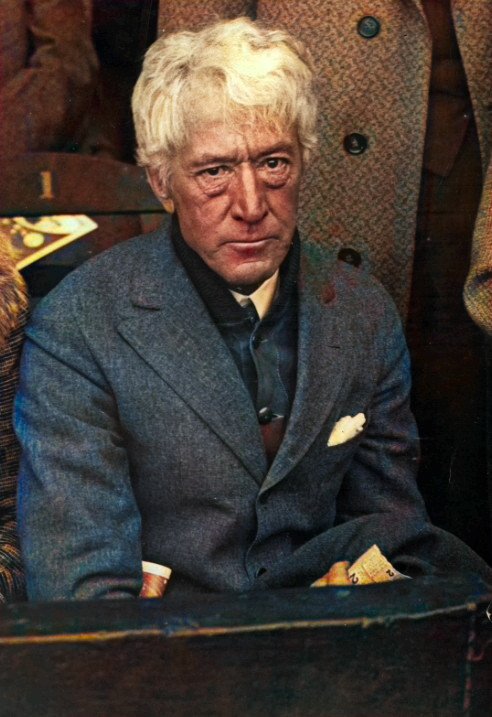Welcome to another Humm Baby Baseball ranking and today we have a slightly different list – instead of talking about players, we’re going to talk about MLB stadiums, but not necessarily the stadiums themselves, rather the name currently attached to the ballpark. There was a time when stadiums and arenas were typically named in tribute to a person, as a reference to something in the geographical area, or just something awesome and unique. Examples include Candlestick Park, the Hubert H. Humphrey Metrodome and Ebbets Field. Sadly, nowadays, the vast majority of stadiums are named after corporate sponsors. This practice became very popular after the Busch family, who owned Budweiser, offered enough money to get the Cardinals to change the name of Sportsman Park. They wanted it to be called Budweiser Stadium, but the commissioner Ford Frick wasn’t too keen on that name for obvious reasons, so they settled with Busch Stadium.
Although this practice goes back a long way, it has become the absolute norm and stadiums frequently change names as sponsors change for a variety of reasons including sometimes scandal and bankruptcy, such in the case of Enron Park, named after the disgraced company Enron. A professional team attaching themselves to a sponsor to such a degree that they give the sponsor stadium naming rights comes with risk of embarrassment, not to mention the possibility that your stadium gets a name that is absolutely terrible. Of course, not all corporate names are terrible and some have become iconic stadium names. Most of the names are not so bad, but there are definitely some exceptions. Today, we’ll be ranking all 30 MLB stadium names from worst to best. The catchier and cooler sounding name, the better. Also, if a stadium has kept the name for long enough for fans to become accustomed to it and embrace it, that helps too. So, let’s get going, starting at #30.
#30 The Chicago White Sox – Guaranteed Rate Field
I don’t care how much money a company offers, there is one thing I can guarantee – my stadium will never be called Guaranteed Rate Field. The name of this stadium went from awesome to bad to horrendous. It originally carried over the name of the legendary Comiskey Park before changing to U.S. Cellular Field. Then, in 2016, a residential mortgage company called Guaranteed Rate – not even a great name for a mortgage company in my opinion - purchased naming rights for 13 years. The new name was mocked on social media, deservedly so, and Guaranteed Rate Field is by far the worst stadium name in MLB and in the history of humanity.
#29 The Miami Marlins – LoanDepot Park
Another stadium that went from a fantastic name – Marlins Park – to a terrible one – LoneDepot Park. The stadium opened in 2012 and had so many unique elements along with a contemporary design, moving away from the retro ballpark trend. It embodied the city of Miami and was named after the team that played there – the Marlins. The name Marlins Park became associated the famous Home Run Sculpture, the South-Beach style swimming pool area, the fish aquariums behind home plate along with many other amazing elements to the ballpark like the Bobblehead Museum. That is, until Derek Jeter, who coincidentally took the first at bat and has the first hit in the stadium’s history, took over the Marlins and decided to sell naming rights. A mortgage company called LoanDepot paid out the cash and got the name – and now this amazing ballpark is called LoanDepot Park – an absolutely horrible name for a baseball stadium. And, by the way, the Home Run Sculpture and Fish Tanks have been removed.
#28 The Seattle Mariners – T-Mobile Park
Well, at least it’s not a mortgage company. Still, while I’m sure T-Mobile provides a great cell phone service, it’s not a good name for a baseball stadium. It was originally called Safeco Field, which is not much better but at least it’s the original name. But before moving to Safeco, the Mariners played in the Kingdome, named after King County. Now, that is an awesome name. But, getting back to modern times, in 2019, T-Mobile took over naming rights of Safeco Field and added their logo all over the ballpark, with colors that completely clash with that of the Seattle Mariners. Maybe by now Mariners fans are used to the new name; I’m not sure – but I know I’m not.
#27 The Milwaukee Brewers – American Family Field
While there is nothing inherently wrong with the name, to me, it just sounds stupid. At first, I thought the Brewers were just coming up with super family-friendly name after dropping naming rights with the Miller Brewing Company. In reality, it’s another sponsor – named after a company called American Family Insurance. Miller Park was a perfect name for the stadium – even though it is named after a beer company, we’re talking about Milwaukee, known for many years as the Brewing Capital of the World. Also, it’s not too unusual to find a beer or two inside an MLB stadium. Now, it has a cringe and generic sounding name from a company based in Madison, 80 miles away from Milwaukee. Which sounds cooler? “Hey guys, I’m going to Miller Park tonight to catch a game, you wanna come?” Or, “Hey guys, I’m going to American Family Field to catch a game, you wanna come?” Pass.
#26 The Atlanta Braves - Truist Park
It felt like the Braves had just recently moved into the appropriately named Turner Field when it was announced they would be moving into a new stadium in Cobb County. There was a nice opportunity to name the stadium after baseball legend Hank Aaron – maybe something simple like Aaron Park. Instead, the new stadium was called SunTrust Park, after a bank – not too terrible for a sponsorship name. However, another risk you take when naming your stadium after a sponsor is that the sponsor merges with another company and changes their name, forcing you to change the name of your stadium. That’s what happened when SunTrust merged with another company, changing their name to Truist Financial Corporation and now the stadium is called Truist Park. At least it’s short and not nearly as cringe as the previous names on the list. But, is Truist even a word?
#25 The Pittsburgh Pirates – PNC Park
While there’s nothing wrong with the name – what does it even stand for? Does any one know? I didn’t until preparing this video – it’s named after PNC Financial Services and the letters PNC came about when two companies merged – the Pittsburgh National Corporation and Provident National Corporation. Don’t these words really remind you of the game of baseball? Me neither. The Pirates onced played at Three Rivers Stadium, a perfect name representing the famous three rivers in Pittsburgh – the Allegheny, the Monongahela and the Ohio. Instead of naming a new stadium after the legendary Robert Clemente, it’s named after a financial company – and the name is not even a word, it’s three random letters. At least White Sox had the guts to go all out with their stupid corporate stadium name.
#24 The Toronto Blue Jays – Rogers Centre
Two things – number one, this stadium used to have one of the coolest names in baseball – the Skydome. It can’t get much better than that, but it can get worse. In 2004, Rogers Communications acquired the Skydome shortly thereafter renamed it Rogers Centre. That doesn’t even sound remotely like a baseball stadium. It sounds like a small arena or convention center at the County Fair.
#23 The Cleveland Guardians – Progressive Field
For one, although I’ve never used them, I’m not really of fan of Progressive Insurance thanks to their annoying commercials. Secondly, this name comes off as weird – you think your stadium is more progressive than the other 29 teams? Thirdly, the stadium once had an awesome name – Jacobs Field, nicknamed “The Jake.” “Hey man, let’s go to the Jake tonight, the Yankees are in town.” Now, it’s like… “Hey man, let’s go to the.. Prog.. tonight.”
#22 The Philadelphia Phillies – Citizens Bank Park
In my opinion, the word “bank” should never be a part of an MLB stadium’s name. Still, this one has a decent ring to it, although had they just called it Citizens Park, that would have been much better. The company isn’t even officially called Citizens Bank, they’re called Citizens Financial Group. Perhaps there were some negotiaions – the bank wanted “Citizens Financial Group Stadium.” The Phillies were like, “F*** that,” and they settled on “Citizens Bank Park.”
#21 The Minnesota Twins – Target Field
Unfortunately, Target is just too famous of a company to associate with anything but the company itself. There’s nothing terribly cringe about it and it’s a halfway cool sounding name, certainly better than Walmart Field or Walgreens Stadium. Target Field has a much better ring to it, which is the only thing that saves it from being much lower on this list.
#20 The Texas Rangers – Globe Life Field
This stadium proves how ridiculous naming rights are – the Rangers were playing at Globe Life Park, but because they moved to a new stadium, the name had to go with them and now their stadium is called Globe Life Field. These names have absolutely nothing to do with the team, the stadium, the geography, baseball legends, or anything of the sort. It’s all about a billionaire company – usually a bank, insurance or mortgage company, paying the team money for naming rights. All that said, this is one of the better insurance/bank/mortgage company names and I don’t totally despise it.
#19 The Houston Astros – Minute Maid Park
This one seems like it should be a lot lower, but somehow the name fits and sounds pretty cool to me, even going back to when it was first announced. This stadium’s naming rights has some history, going back to Enron Field, named after the energy company that went bankrupt in 2001 due to a massive scandal. The Astros had to pay Enron $2.1 million to get out of the deal, changing the name of the stadium to Astros Field. Of course, that wouldn’t last long and naming rights were sold to Minute Maid in 2002. Like Target Field, it’s tough to associate the term Minute Maid to anything else but, well, Minute Maid. However, I don’t completely hate this name.
#18 The San Diego Padres – Petco Park
Although I’ve sort of gotten used to this one, we’re still talking about a Major League Baseball stadium named after a pet supply store. Petco is a company local to San Diego, they work with the team and community more than other corporate sponsors, and it’s not some boring financial company, so all that helps. However, the stadium is amazing with so many unique features that to me it’s still sad they took the corporate sponsor route. And if it wasn’t to be named after something unique about it, another option would have been naming it after the great Tony Gwynn. Instead, we got Petco Park, a name I used to hate a lot more, but after almost 20 years, it’s grown on me a bit.
#17 The Detroit Tigers – Comerica Park
Yes, it’s named after bank, but for whatever reason, I don’t hate the name Comerica Park. It’s not a bank that I’m familiar with as a bank, so when I hear the name, I think of the Detroit Tigers stadium. Also, they haven’t changed the name since it opened, which helps. Of course, I’ll always miss the classic name of the old stadium – simply Tiger Stadium.
#16 The Arizona Diamondbacks – Chase Field
The name is simple and probably an improvement over Bank One Ballpark, its former name. However, it’s strictly a corporate name after the popular bank headquartered in New York. The only reason its ranked this high is because its a short, catchy and simple name – which may have been pure luck. It could have just as easily been named First Option Mortgage Stadium had First Option offered enough dough.
#15 The Colorado Rockies – Coors Field
Although I’m not an alcohol drinker myself, where you find baseball you find beer. There’s no point in denying it, so I might as well embrace the beer stadium names - it’s a lot better than the mortgage company ones. And Coors Field has always been Coors Field – as famous as the Coors name is for its beer production, I associate it more so with the high altitude field where pitchers careers go to die. That said, for a stadium in Denver, I’m not sure any name can beat Mile High Stadium.
#14 The St. Louis Cardinals – Busch Stadium
And the beer stadium names continue. This one only gets ranked higher than Coors because it has a historic name by now, even though I would’ve despised it back in 1953 when it changed to Busch from Sportsman’s Park as I mentioned earlier. Now, we’ve had three Busch Stadiums and whenever I head to St. Louis to watch a Major League Baseball game, I know I’m heading to Busch Stadium.
#13 The Cincinnati Reds – Great American Ballpark
This one is similar to but so much better than American Family Field. It does sound a bit generic but has a better ring to it. It would be even higher if it wasn’t named after an insurance company – American Financial Group which is at least based in Cincinnati. It’s a cool name, though and I like it, so I’m ranking it relatively high.
#12 The San Francisco Giants – Oracle Park
I hate to rank my favorite team’s stadium outside the top 10, but it’s not about the actual ballpark, which is my #1 in all of sports; it’s about the name – or more specifically the constant changing of the name. I grew up going to Candlestick Park, an awesome name for a ballpark named after its location at Candlestick Point. Then, that stadium changed to the God-awful 3Com Park. Then, the Giants moved to Pac Bell Park – not a great name, but I got used to it, until it changed again – to SBC Park – then AT&T Park, which is a terrible name but somehow it became awesome after 3 World Championships playing at AT&T. Then, it changed again and while Oracle Park is a cool sounding name, the company is headquartered in Austin, Texas. Still, I do like the name, it is unique and not a company as widely known as some of the others I’ve already talked about.
#11 The Los Angeles Angels – Angel Stadium of Anaheim
While you can’t go wrong by simply naming the stadium after the team, some of them have a better ring to it than others. Angel Stadium is okay, but the official name, Angel Stadium of Anaheim, reminds me of the Los Angeles Angels of Anaheim, which the team was officially called for a while. Overall, this name is good, especially when just calling it “Angel Stadium” and I applaud the Angels for not going to corporate sponsor route, but it’s not one of my favorites.
#10 The New York Mets – Citi Field
The Mets stadium was named after Citigroup, who are at least headquartered in the same city the team plays in. This name, like Chase Field, short, catchy and simple, but I also think it’s pretty cool – with the word City but spelled c-i-t-i. It’s cool sounding, there’s nothing cringe or offensive about it other than the fact that its a corporate name. The Mets get $20 million a year for the naming rights.
#9 The Oakland A’s – The Oakland Alameda County Coliseum
The A’s stadium gets ranked this high by the skin of their teeth as they only recently pulled the plug on naming rights with RingCentral. There is really one word in its long name that makes this an awesome name – the Coliseum. I’ve always thought the proper name was too long, but the nickname it inspired is awesome – simply the “Coliseum,” which is what it’s been referred to even during cringe sponsorship years.
#8 The Tampa Bay Rays – Tropicana Field
Why do I like this name so much? To me, it somehow fits this dome perfectly. It’s the only non-retractable dome left in baseball, so you always feel like you’re sitting inside a gigantic orange. The Tropicana name and logo fits everything about the stadium perfectly and at this point, I can’t imagine calling it anything else but “The Trop.”
#7 The Kansas City Royals – Kauffman Stadium
Shoutout to the Royals for not taking millions of dollars from some financial company and changing the name of their stadium, nicknamed “The K,” which was named after Ewing Kauffman, an entrepreneur and philanthropist who brought Major League Baseball back to Kansas City thirteen years after the A’s moved to Oakland. He was a major factor in the decision to build a stadium that wasn’t the boring multi-purpose type stadium that was popular at the time. Instead, he helped design a stadium that is still a gem among Major League ballparks despite being built 50 years ago. The Royals are looking to build a new ballpark by 2030, but had they built the typical cookie-cutter of the time, they would’ve left a long time ago.
#6 The Washington Nationals – Nationals Park
The Nationals did possibly the best thing – simply naming the team after the stadium. Unfortunately, they have expressed some interest in selling naming rights, so don’t be surprised if Nationals Park doesn’t stick, but for now it’s a perfect name.
#5 The Los Angeles Dodgers – Dodger Stadium
It hurts me more than it hurts you to rank Dodger Stadium so high, but let’s be honest – it’s a simple yet iconic name that flows smoothly and both the stadium and the name have stood the test of time. There have been rumors that the Dodgers will change the name and do a corporate sponsor but as of now, that hasn’t happened and hopefully it won’t. This name works so well because, just like Yankee Stadium that I’m about to talk about, you don’t have to add at s at the end like for “Angels Park” or “Nationals Park.” It’s simply “Dodger Stadium.”
#4 The New York Yankees – Yankee Stadium
One of the most iconic stadium names of all time – simply Yankee Stadium. Of course, the current stadium isn’t the original Yankee Stadium, but they did the right thing in my opinion by simply carrying over the name. For distinction, it can be referred to as “the New Yankee Stadium.” Still, the name is perfect and can never be changed. It is a reminder of all the greats who played at Yankee Stadium – from Babe Ruth and Lou Gehrig to Joltin’ Joe to Don Mattingly and Derek Jeter, who I trashed earlier in this video.
#3 The Chicago Cubs – Wrigley Field
One of the most iconic stadium names in the world does sound like a corporate name – Wrigley Chewing Gum, right? - but William Wrigley was not only the owner of the gum company, but was also owner of the Chicago Cubs. The stadium, formerly known as Weeghman Park then Cubs Park, was renamed Wrigley Field in 1927. Sure, at the time the owner named the stadium after himself and his gum company, but since then, the Chicago Cubs ownership have actually resisted giving into corporate naming rights, preferring to maintain the classic name Wrigley Field . There’s also the fear that Cubs fans will riot and perhaps cause World War III if they were to change the name.
#2 The Baltimore Orioles – Oriole Park at Camden Yards
Most fans simply call it “Camden Yards,” and that is an absolutely awesome name. They probably couldn’t just officially call it that because Camden Yards is more than just the stadium, but the name “Camden Yards” sounds so much cooler than simply Oriole Park, which would have been great but not too original. When trying to do both, it becomes a little long but still sounds kick-ass – Oriole Park at Camden Yards. And the name fits the scenery perfect. This is definitely one of my favorite stadium names in all of baseball and it comes in at #2.
#1 The Boston Red Sox – Fenway Park
Can it get more simple and historic than “Fenway Park.” While it is true the stadium was named by the Red Sox owner at the time, John I. Taylor, who owned Fenway Realty Company. But at least he wasn’t dumb enough to call it “Fenway Realty Park.” Also, the stadium is in a neighborhood called Fenway-Kenmore and Taylor claimed that was why he called it Fenway Park. Does it really matter at this point? Taylor purchased and developed the land, helping to create the most historic baseball stadium still standing. The name is absolutely perfect and has been the same for 111 years. It couldn’t be any simpler and is synonomous with baseball – no one thinks of anything but baseball when they hear the name Fenway Park. Since Fenway Park has never been called anything else, has such historic value and technically is not a sponsored name, regardless of Taylor’s original intentions behind it, I have to put at #1 in my list of the MLB stadium names worst to best.
Let me know your thoughts on my list and remember, to steal a quote from one of my favorite movie reviewers Sean Chandler, it’s not the right list, it’s just my list.



